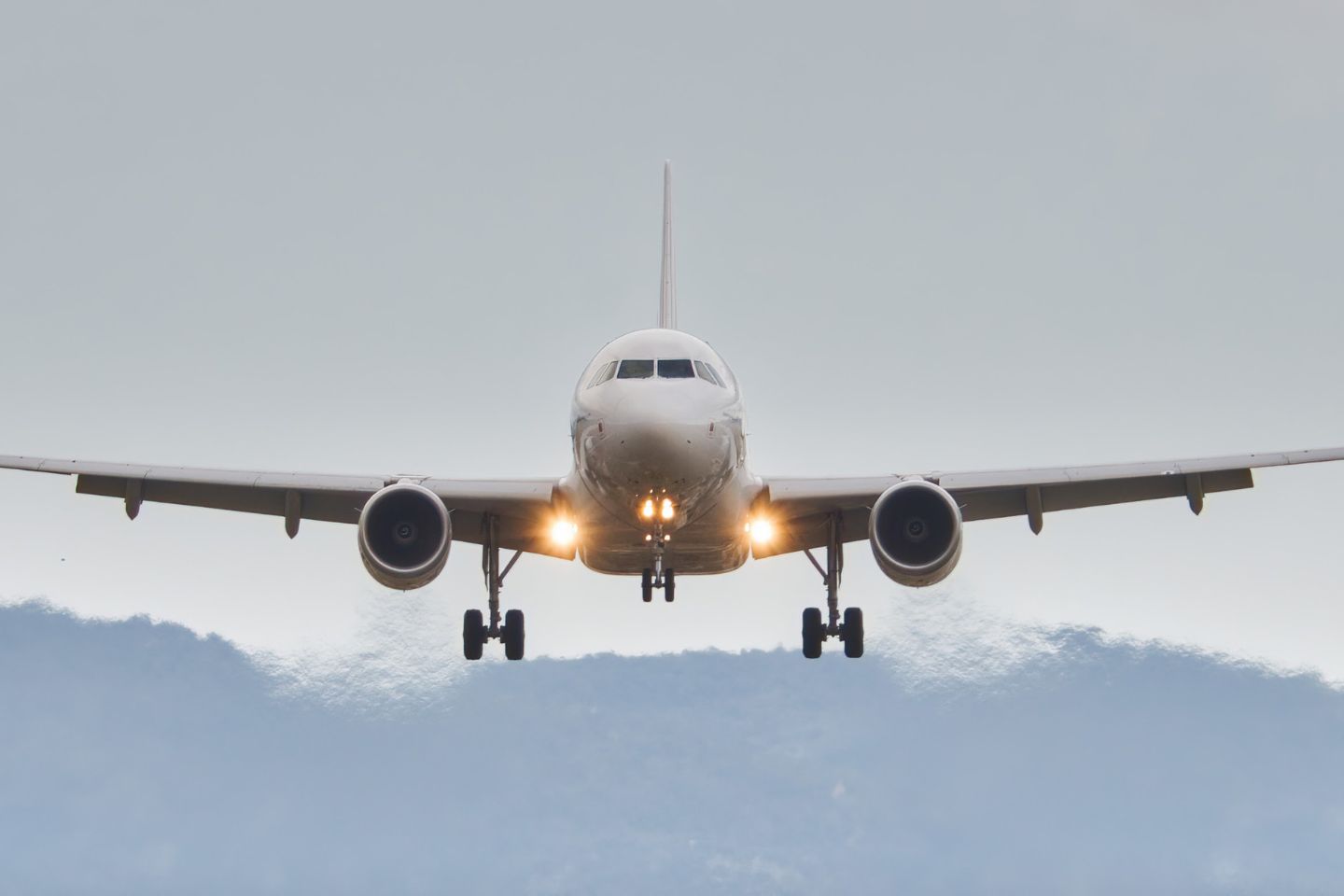Flying requires a considerable amount of energy. Unfortunately, generating this energy often involves significant environmental costs. That is why air travel stands out as a huge source of carbon emissions. Unlike other modes of transportation like electric cars, boats, and trains, transitioning to electric power is not as feasible for airplanes without major engineering challenges. Airplanes require tons of fuel to cover long distances, and currently, there are not many practical alternatives to traditional fuel.
In 2022, the aviation industry contributed 2% to the total global CO2 emissions, according to the International Energy Agency. Although that may sound small, in recent decades, aviation has outpaced rail, road, and shipping in emissions growth. Despite the slowdown caused by the COVID-19 pandemic, global commercial aviation emissions rebounded to nearly 671 million metric tons of CO2 in 2022, reaching 80% of pre-pandemic levels.
The aviation industry extends to celebrities like Taylor Swift who garner criticism for her private jet. Annually, Swift’s jet produces the most emissions, around 8000 metric tons of CO2. Floyd Mayweather, Jay-Z, and Kim Kardashian are included in the list of celebrities with the largest carbon footprint. However, the airline industry emits close to one billion metric tons of CO2 yearly, surpassing celebrities like Swift.
“If aviation were a country, it would be one of the world’s top 10 sources of greenhouse gas emissions,” said Pedro Piris-Cabezas, to CNN. Piris-Cabezas is a global transportation expert and economist at the nonprofit Environmental Defense Fund.
Nonetheless, many airlines are implementing measures to lower emissions. This includes adopting low-emission fuels, enhancing airframe and engine technologies, optimizing operations, and implementing strategies to restrain demand.
Four Airlines Emitting Increased Carbon Emissions
Turkish Airlines
In 2022, Turkish Airlines emitted around 23 million metric tons of carbon emissions. This statistic was a 40 percent increase from the previous year and a new record for the airline since 2015. Although its carbon emissions increased, the airline is committed to achieving net-zero emissions by 2050, in line with the Paris Agreement.
Delta Airlines
Delta Air Lines emitted approximately 43.3 million metric tons of CO2 in 2022. The company’s primary strategy for reducing emissions is to boost the use of Sustainable Aviation Fuels (SAF) on its flights. As of February 2023, Delta Air Lines is actively pursuing this goal. They rank as the second-largest purchaser of SAF, having bought 3.82 billion liters.
American Airlines
American Airlines emitted 34.6 million metric tons of CO2 in 2022, a notable increase compared to the previous two years. According to the company’s sustainability report, American Airlines aims to achieve net-zero greenhouse gas emissions by 2050. Their focus is on fuel-efficient operations and greater utilization of Sustainable Aviation Fuel (SAF) in its flights. American Airlines was a leading purchaser of SAF, having procured 2.13 billion liters.
Southwest Airlines
In 2021, Southwest Airlines emitted nearly 16.4 million metric tons of CO2. This represented a 29.7 percent increase from the previous year. The company has set ambitious targets to reduce its carbon emissions, aiming for a 50% reduction in emissions per revenue ton kilometer by 2035. Southwest Airlines also plans to replace 10% of its total jet fuel consumption with sustainable aviation fuel by 2030.





